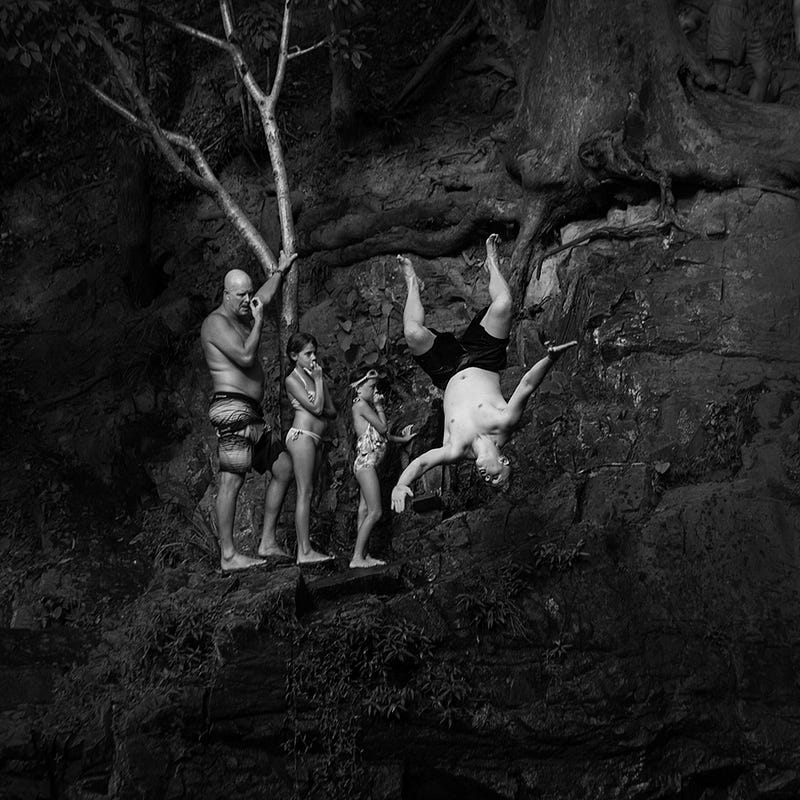
http://asenseofplacemagazine.com/the-australian-strategic-policy-institute-behind-push-for-more-defence-spending/
The Australian Strategic Policy Institute Behind Push for More Defence Spending

By Marcus Reubenstein with Michael West Media
Funded by the Department of Defence, the Australia Strategic Policy Institute collects millions more as it drives the “China threat” narrative. As Marcus Reubenstein reports, while ASPI is the media’s go-to experts for public comment, ASPI is remarkably coy about revealing all its funding sources.
On the day the Prime Minister Scott Morrison announced a $270 billion defence spending plan, the Department of Defence paid the Australian Strategic Policy Institute (ASPI) a $214,500 contract for “management advisory services”.
Exactly one year ago today, it was awarded a similar “management advisory services” contract for the considerably larger amount of $614,536.
ASPI has pushed hard for boosts to defence spending, in particular an upgrade of Australia’s missile capabilities.
The Government says it will spend $800 million on the US-made AGM-158C Long Range Anti Ship Missile, manufactured by Lockheed Martin, which gave ASPI $135,909 in sponsorship funds in 2018-19.
http://asenseofplacemagazine.com/jumpers-at-the-currumbin-valley-rock-pools-the-photography-of-russell-shakespeare-2/
Jumpers at the Currumbin Valley Rock Pools: The Photography of Russell Shakespeare

“For once you have tasted flight you will walk the earth with your eyes turned skywards, for there you have been and there you will long to return.”
Leonardo da Vinci

The Currumbin Valley Rock Pools are about five minutes from where I live. I started this project about four years ago. I was working full time with News Corp and tired of travelling with so much camera gear. And always being somewhere else.
I wanted to do something that was close to home and that was a project. Something that wasn’t an assignment. And with only one camera.
We used to go to these rock pools all the time as a family. And when you’re there, you can’t help but notice all the people clambering over the rocks and in various stages of jumping, and climbing.
And I thought, man, this is a beautiful place.
I started looking at people jumping, and that moment before they hit the water. It was quite amazing looking at their faces and body shapes, and that’s when I thought, I’m going to do a story on the rock pools.
Ancient Aboriginal Archaeological Site Preserved on Seabed

By Jonathan Benjamin, Flinders University; Geoff Bailey, University of York; Jo McDonald, University of Western Australia; Michael O’Leary, University of Western Australia and Sean Ulm, James Cook University
For most of the human history of Australia, sea levels were much lower than they are today, and there was extra dry land where people lived.
Archaeologists could only speculate about how people used those now-submerged lands, and whether any traces remain today.
But in a study published today in PLOS ONE, we report the first submerged ancient Aboriginal archaeological sites found on the seabed, in waters off Western Australia.
The great flood
When people first arrived in Australia as early as 65,000 years ago, sea levels were around 80m lower than today.
Sea levels fluctuated but continued to fall as the global climate cooled. As the world plunged into the last ice age, which peaked around 20,000 years ago, sea levels dropped to 130m lower than they are now.

No comments:
Post a Comment